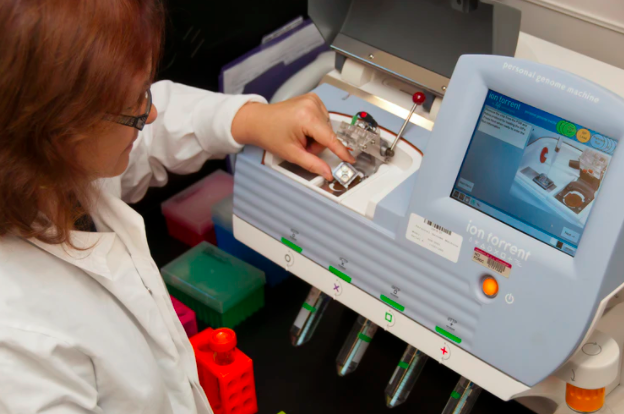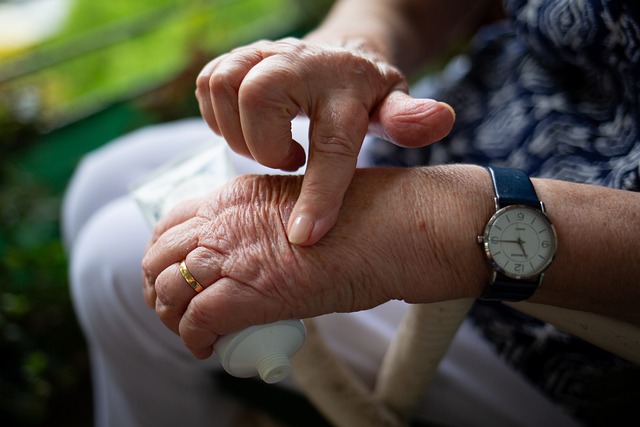Kidney disease has a reputation of being unpredictable. On its website, the American Kidney Fund cites an example of one of its employees, Shayla Harris, who in her 20s was diagnosed with a case so severe that she required a transplant.
At the time she was seemingly healthy, but while undergoing a routine physical she revealed to her doctor that she had some swelling in her feet. Her blood work then revealed some worrisome signs, and in time a nephrologist informed her that she had no more than 20 percent function in her kidneys.
As a result, she underwent a transplant, receiving a kidney from one of her younger sisters on Feb. 24, 2010, and now lives a healthy, productive life. She serves as the AKF’s Associate Director of Administration, and with her husband has two young sons. Still, she is left with questions: What was the root cause of her affliction? And how might it have been detected sooner?
Because of cases like this, the AKF took the initiative to address the issue of early detection at a summit in December 2020, when it drew up the Unknown Causes of Kidney Disease Roadmap. The organization, well aware that kidney disease is often detected only when patients undergo blood and urine tests while being examined for other conditions, is seeking to create other diagnostic avenues.
Shortly thereafter they formed three implementation groups consisting of healthcare professionals, patient advocates, and representatives of rare disease organizations. One group will focus on public policy, another on patient/caregiver empowerment, and the third on greater awareness on the part of medical professionals.
More specifically, the AKF honed in on wider insurance coverage of tests, national standards for genetic testing, and educating patients about kidney disease, which according to the Centers for Disease Control and Prevention afflicts 37 million American adults — i.e 15 percent of those over the age of 18.
Actionable Steps That Can Be Taken
Education must be at the forefront of this movement. According to the AKF’s calculations, 33 percent of dialysis patients were not in contact with nephrologists in the year before their kidneys failed, indicating they might not have been aware of some of the root causes, and/or known about signs to look out for.
For example, diabetes is the leading cause of End-Stage Renal Disease (ESRD), as 39 percent of those afflicted are diabetic. High blood pressure (26 percent) is next, both of which are sizable problems in their own right. According to the CDC, a staggering 45 percent of American adults (108 million people) suffer from high blood pressure, and 10 percent (34.2 million) have diabetes. Another 88 million — i.e., one in three adults — are pre-diabetic.
Forestalling kidney disease is, as a result, a matter of making the lifestyle choices that would lessen one’s chances of suffering from either of those afflictions. That means making lifestyle changes such as eating right, exercising, and avoiding smoking and excessive alcohol intake.
Beyond that, it’s a matter of being aware of the signs of kidney disease. As with Shayla Harris, one of them is swelling of the extremities — not only the feet, but the ankles or hands. Others include fatigue, blood in the urine, urinating more frequently than might be the norm, and weight loss or poor appetite.
Additionally, genetic testing for kidney disease has become much more widely available in recent years, and as noted earlier can go a long way toward helping patients avoid invasive procedures. Ali G. Gharavi, Chief of Nephrology at New York-Presbyterian/Columbia University Irving Medical Center, has said that such testing can “personalize the diagnosis and management” of this disorder, as has been shown in recent studies.
Researchers concluded through DNA sequencing that kidney disease was the result of genetic factors in nine percent of the cases they studied and that such testing was able to determine a cause for 17 percent of those whose conditions had previously gone undiagnosed.
There are many means for getting out in front of kidney disease, involving lifestyle, education, awareness and increased testing. Early detection, while elusive, is becoming a greater and greater possibility, even as the population ages and chronic conditions become a great concern.







